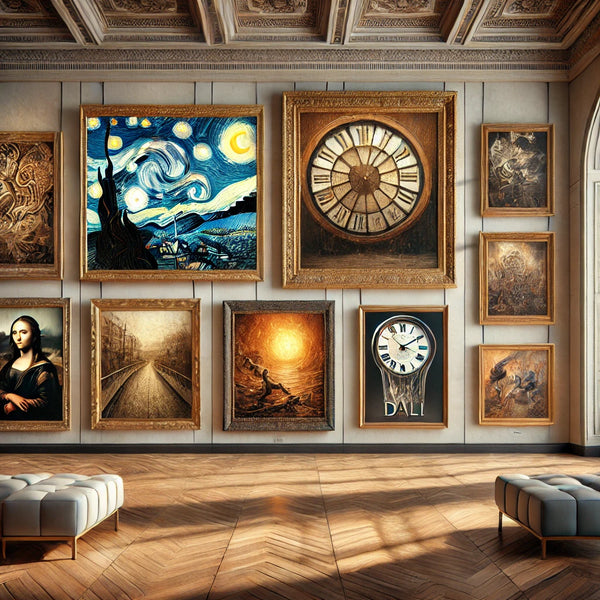
Behind the Brushstrokes: Art Techniques that Make the Masters
Ever wondered how the greats make their masterpieces look so… great? Believe it or not, every brushstroke tells a story, and each famous artist had a secret weapon (no, not magic paint). Let’s take a peek into the art toolbox of legends and reveal their crafty methods!
First up, the swirling master himself: Vincent van Gogh. His technique? Impasto, which sounds fancy but is really just a fancy way of saying he piled on the paint like frosting on a cake. Van Gogh’s thick layers of paint gave his work that famous textured, 3D effect. Just imagine him saying, “More paint? Why not?”—and voilà, art history was made.
Then we’ve got Leonardo da Vinci with his sneaky sfumato technique. What’s sfumato, you ask? Imagine trying to paint with smoke. Yep, Leo used soft, smoky edges to make things look less “painted” and more mysterious, like a Renaissance-era Instagram filter. This technique is why the Mona Lisa has that “Is she smiling? Or smirking?” vibe that keeps people guessing.
Now, Salvador Dalí had his own thing going on—called surrealism. And what’s the main ingredient? Wild, dreamlike details that make you scratch your head. Like clocks that melt. Why? Because time’s a slippery thing, according to Dalí. His work was basically a “What did I just look at?” moment on canvas, mixing strange and unexpected ideas like a pro.
So next time you’re looking at a famous painting, think about the techniques behind it. Artists didn’t just slap paint on a canvas; they had tricks, layers, and sometimes a bit of weirdness. It’s these clever, crafty moves that make their art timeless and a little magical—and who doesn’t love a good mystery hidden in a brushstroke?
https://artme.co.uk/products/artme-12pcs-acrylic-painting

